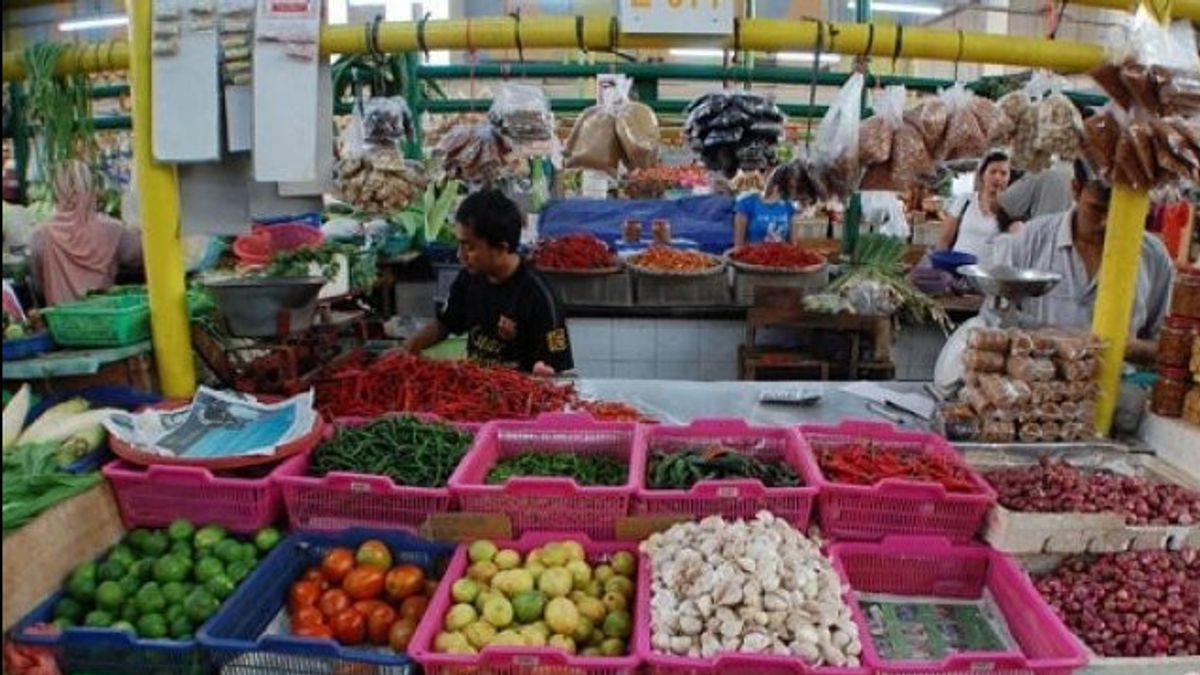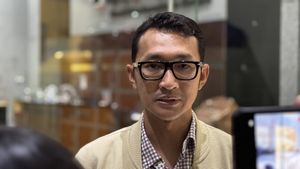JAKARTA - The government is rolling out a plan to impose a value added tax (VAT) on purchases of basic necessities such as basic necessities.
This emerged after the government took the initiative to revise the Draft Law (RUU) on General Provisions and Tax Procedures.
In response to this, the General Chairperson of the Indonesian Market Traders Association (IKAPP) Abdullah Mansuri admitted that his party would protest against President Jokowi.
"As an organization that collects market traders in Indonesia, we will make an effort to protest to the president so that the relevant ministries do not make efforts that actually make it difficult for our members," Abdullah said in his statement, June 10.
Abdullah views the government as considering many things before rolling out policies. Moreover, this policy emerged during the pandemic, when the economic situation was difficult.
According to him, the government has not been able to stabilize food in recent months. Because, at this time, IKAPPI noted that there was a decline in market traders' turnover of more than 50 percent.
"Last month's chili price was up to Rp100 thousand, beef prices are not stable, want to pay VAT again? Crazy. We are having trouble selling because the economy is down, and people's purchasing power is low. Want to add more VAT, how can we not go out of business?" he said.
For information, the government plans to increase the rate of value added tax (VAT) to 12 percent from the previous 10 percent. The plan to increase the VAT rate will be outlined in the Revised Law (RUU) Number 5 of 1983 concerning General Provisions and Tax Procedures (KUP).
The increase in the VAT rate of 12 percent is clearly stated in Article 7 paragraph 1 of the Draft KUP Bill which will be discussed with the DPR RI.
There are three schemes in the implementation of the staple food VAT. First, the proposed VAT of 12 percent. Second, the multi-tariff scheme is 5 percent lower than the first scheme by strengthening legality through a Government Regulation. Third, is through the final 1 percent VAT method.
Meanwhile, the government tends to choose the third scheme, namely the final 1 percent VAT because it can accommodate and minimize the impact on small and medium businesses.
The English, Chinese, Japanese, Arabic, and French versions are automatically generated by the AI. So there may still be inaccuracies in translating, please always see Indonesian as our main language. (system supported by DigitalSiber.id)











